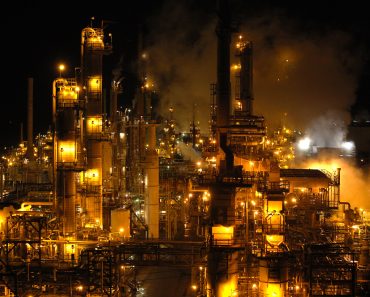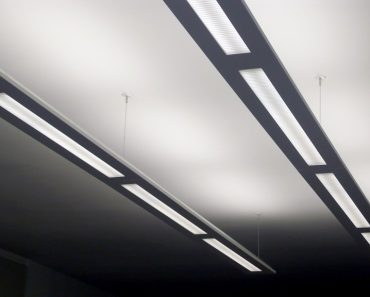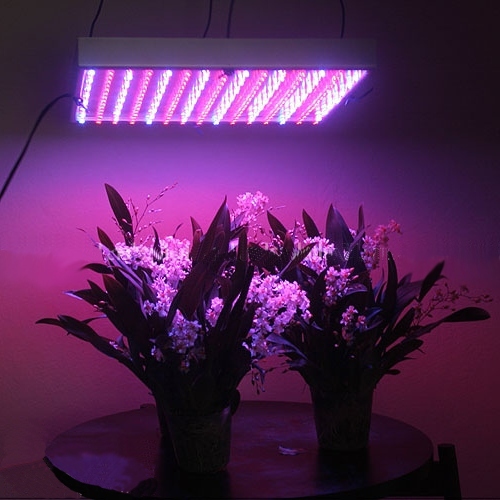The light bulb is a marvel of the modern world. Light bulbs are present all over the planet. They’re so common and widespread that it’s easy to take them for granted. The light bulb is a type of electric light that is commonly known as a lamp. Of course, this is also the term that customers use when talking about portable lightings, such as a table or desk lamp.
The incandescent light bulb is the most popular form of “lamp” or bulb. These forms of lighting bulbs date back to Thomas Edison’s tests with filament types in 1879 and are the oldest and simplest kinds of bulb technology.

How Incandescent Bulbs Work
The method by which an incandescent light works is based on the principle of incandescence, which refers to heat-emitting. An electric current is passed through a tiny metal filament in an incandescent bulb, heating it until it glows and emits light.
Incandescent bulbs are the most common type of household light in the United States. Because tungsten has a high melting point, incandescent bulbs usually include a tungsten filament. A hot tungsten filament can reach temperatures as high as 4,500 degrees Fahrenheit within a light bulb. The glass cover and the vacuum help prevent oxygen in the air from reaching the hot filament. Without this glass covering and the vacuum, it creates,
The electricity moves down another wire and out of the bulb through the metal portion at the side of the socket after it has gone through the tungsten filament. It enters a light or fixture and then leaves via a neutral wire.
This is a very elegant design that works effectively at generating light. It’s ideal for a wide range of uses, inexpensive to produce, and versatile in terms of its current type.
Are Incandescent Bulbs Dimmable?
Yes—all incandescent light bulbs are dimmable by default.
There are certain exceptions to this rule. Certain specialized designs, such as specific colours of light bulbs, are non-dimmable as a result of the manufacturing process. Nevertheless, these will always be labelled “non-dimmable.” In general, incandescent light bulbs should be dimmable.
What is the Average Incandescent Bulb Life?
Although each bulb is unique, the typical incandescent lightbulb lasts at least 1000 hours. There are a variety of bulb designs that last considerably longer. Verify the product specifics for the promised longevity before purchasing a bulb.
Because of the higher amount of blue light that it puts out, LED technology has a significantly longer lifespan than standard incandescent bulbs. It also lasts 10 times as long as regular incandescent bulbs.

What Color is an Incandescent Bulb?
The incandescent colour temperature usually ranges from white to yellow. However, each bulb is different.
If it’s essential to you, verify the stated colour temperature of a bulb before making your decision. The “cooler” the colour temperature, the whiter the light produced by the bulb, which means it is more white. When the colour temperature is higher, the light output from the bulb is said to be “warmer” or “yellowish.”
If you’re searching for light bulbs in a different hue, such as red or blue, consider coloured light bulbs instead.
Are Incandescent Bulbs Energy Efficient?
No, incandescent bulbs are not energy-efficient.
An incandescent light bulb generates only ten per cent of its electrical power as visible light. The remaining 90% is released as heat. Because of their high heat output, incandescent bulbs are used as heating lamps, blooming bulbs, and incubator lights where the creation of heat is actually a benefit.
Finding Energy-Saving Alternatives for the Incandescent Bulb
Many new technologies are competing to replace incandescent bulbs, including CFL bulbs (compact fluorescent light bulbs) and LEDs (light-emitting diodes). Some legislation has even been passed to phase out incandescent light bulbs in favour of more energy-efficient alternatives.
If you want the most energy-efficient light bulb, opt for LEDs. Instead of replacing a traditional incandescent bulb, you can simply swap out an LED bulb. Simply replace the old lightbulb in a lamp or chandelier with its modern LED equivalent. Yes, you may use LED bulbs in standard fixtures provided that the wattage and base of the bulb are compatible with the fixture.



